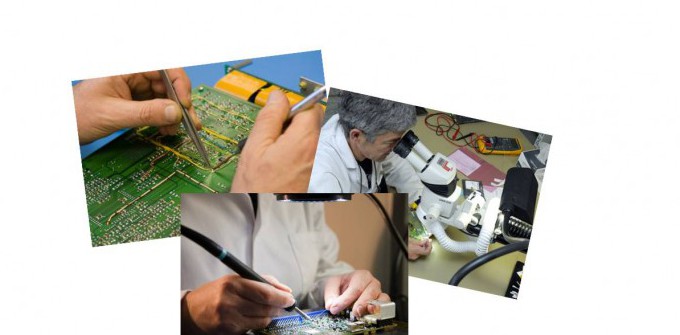How to meet the challenge of electronic aeronautic component obsolescence
Thales Avionics is one of the pioneers in the management of issues linked to the obsolescence of components. Pascal Lancial, in charge of component engineering and export control, answered our questions about the challenges met with regard to components used in the design of avionics products.





